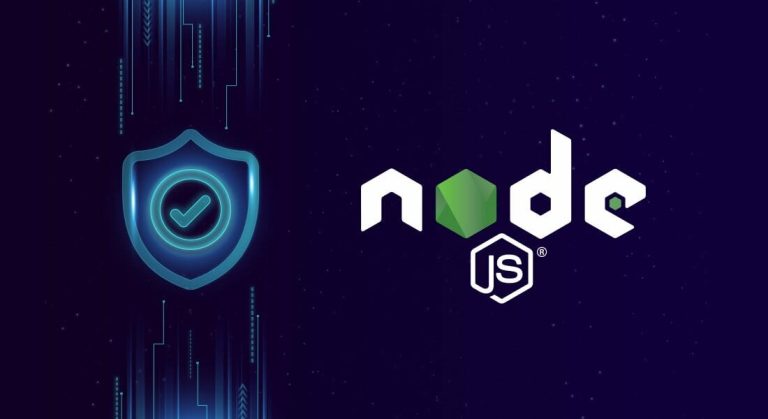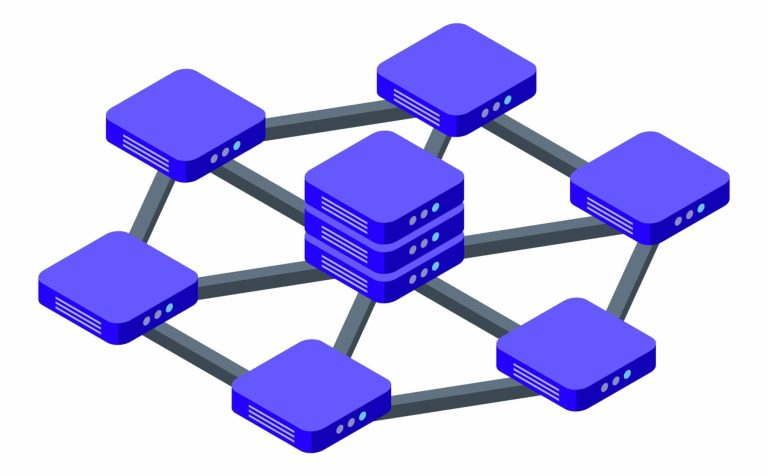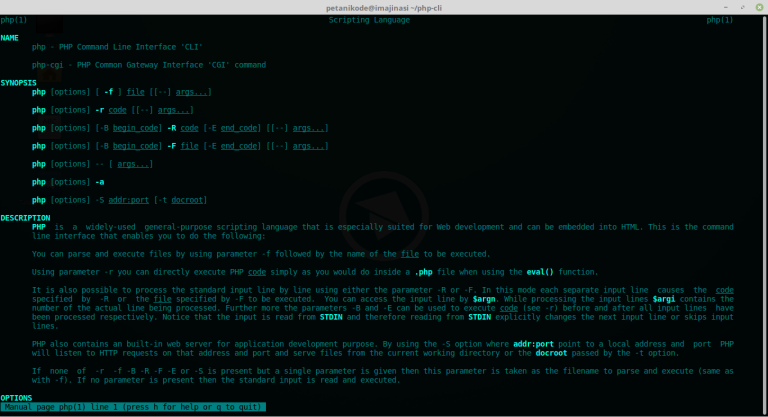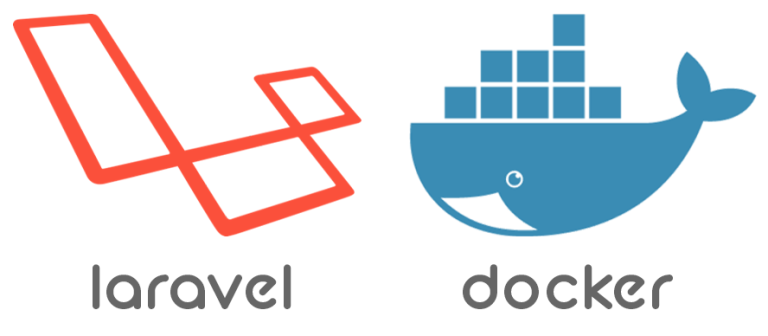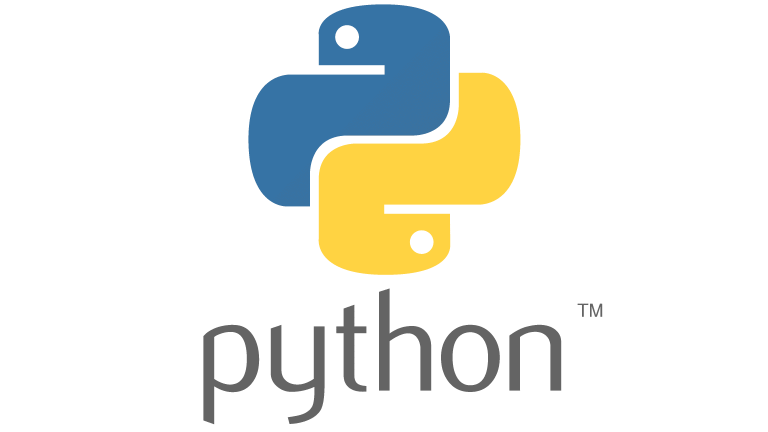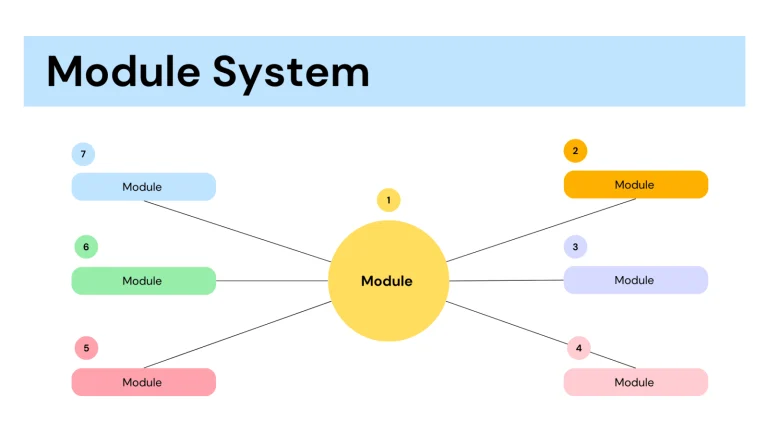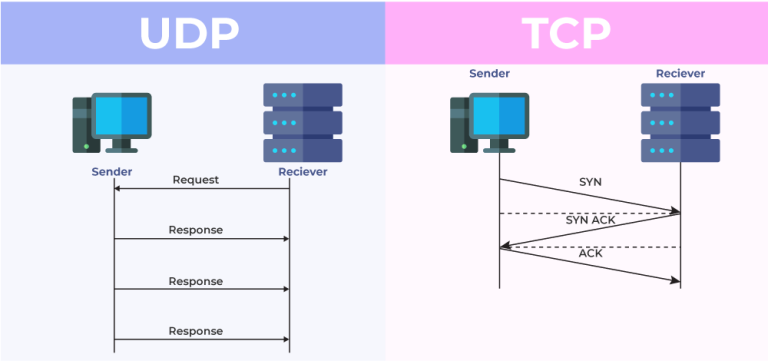When it comes to Network AI or Mobile Network research, learning programming languages and tools that are widely used in these fields can give you a solid foundation. Depending on the specific area you want to focus on (e.g., network optimization, AI for networks, security, simulation), here are some of the best programming languages and tools to learn:
1. Python:
- Why: Python is the go-to language for AI/ML development and has numerous libraries and frameworks that can be applied to network optimization and mobile networks.
- Key Libraries:
- TensorFlow and PyTorch: For building machine learning and deep learning models that can optimize network traffic, predict usage, or improve network security.
- Scikit-learn: For traditional machine learning algorithms (classification, clustering, regression).
- Keras: A high-level neural networks API, useful for quick experimentation with AI in network environments.
- Numpy and Pandas: For data analysis and numerical computation, which is crucial for understanding network traffic data.
- NetworkX: For graph-based network analysis and simulations.
- Applications: AI/ML for network traffic prediction, anomaly detection, edge computing, and self-organizing networks.
2. C++:
- Why: C++ is often used in network simulators and for performance-critical applications in networking. It’s also the backbone for many network simulation tools.
- Applications: Network protocol development, low-latency applications, and contributing to or extending existing simulators like ns-3 or OMNeT++.
- Tools/Frameworks:
- ns-3: A discrete-event network simulator written in C++ that is widely used in mobile network research.
- OMNeT++: Another popular network simulator that relies heavily on C++ for writing modules.
- Quagga: A software router platform developed in C++.
3. Java:
- Why: Java is commonly used for network programming and is known for its cross-platform capabilities, making it a good option for building distributed systems and network protocols.
- Applications: Developing distributed network applications, middleware for mobile networks, and network security tools.
- Tools/Frameworks:
- Mininet: A lightweight network emulator that uses Python but also incorporates Java for certain network programming tasks.
- NDN (Named Data Networking): A Java-based platform for building next-generation networking protocols.
4. Go (Golang):
- Why: Go is increasingly popular in networking due to its simplicity, concurrency model (goroutines), and efficiency. It’s often used in building scalable network applications, cloud services, and network automation.
- Applications: Network services, microservices in cloud networking, and edge computing.
- Tools:
- gRPC: A high-performance RPC framework developed by Google that uses Go for network-based microservices.
- Kubernetes: Although not directly a networking platform, Go is used extensively in the development of Kubernetes, which is critical in cloud-native and mobile edge computing.
5. Shell Scripting (Bash):
- Why: Networking professionals often use shell scripting to automate network configurations, monitoring tasks, and manage network security.
- Applications: Automating network setups, testing, and traffic analysis on network simulators or real network systems.
- Tools:
- tcpdump and Wireshark: For network packet analysis, both tools support the use of shell scripting for automation.
- Netfilter/iptables: Network administrators use shell scripts to manage and configure firewall rules.

6. MATLAB:
- Why: MATLAB is widely used in academia for algorithm development, simulations, and modeling of networks, especially for physical layer research.
- Applications: Wireless communication systems, network optimization, and performance analysis.
- Key Libraries:
- Simulink: For system-level simulation, which is often used in mobile network research for simulating signal processing, resource management, and network protocols.
7. R:
- Why: R is a great tool for statistical analysis, which is important in network performance evaluation, traffic analysis, and anomaly detection.
- Applications: Data-driven analysis of mobile network traffic, network performance monitoring, and network anomaly detection.
- Key Libraries:
- ggplot2: For advanced visualization, which is useful when analyzing network performance data.
- caret: For machine learning model development.
8. SQL/NoSQL Databases:
- Why: In modern network research, especially with IoT and big data, handling large amounts of data is critical. Knowing how to efficiently store, query, and analyze network data is vital.
- Applications: Managing and querying large datasets for network usage, traffic monitoring, and anomaly detection.
- Tools:
- MySQL/PostgreSQL: For relational data management in network environments.
- MongoDB: A NoSQL database that’s useful for large-scale, distributed systems, often used in IoT applications.
- Apache Cassandra: A distributed database used in real-time, high-traffic networks.
9. Rust:
- Why: Rust is gaining popularity in systems programming, including networking, due to its memory safety and performance, making it a great fit for building high-performance, secure network services.
- Applications: Building secure, efficient networking systems, including IoT and mobile networks.
- Tools:
- Tokio: An asynchronous runtime for Rust, ideal for building networked services.
10. Network Simulation Tools:
These aren’t programming languages but are important for mobile network research. Most require some level of coding, especially in Python or C++.
- ns-3: As mentioned earlier, it’s a C++ and Python-based simulation tool widely used in network research.
- OMNeT++: A modular C++-based simulation framework used for simulating wireless and mobile networks.
- Mininet: A Python-based network emulator used for testing and developing distributed applications.
11. Network Protocols (SDN/NFV):
- Why: Knowledge of Software-Defined Networking (SDN) and Network Function Virtualization (NFV) is crucial in modern mobile and cloud networks. Learning OpenFlow and other SDN-related technologies can be highly beneficial.
- Languages: SDN controllers like ONOS and OpenDaylight are typically written in Java, while P4 is a language specifically designed for programming network data planes.
- Applications: Optimizing and managing dynamic, virtualized network environments, both in mobile core networks and edge computing.
Summary of Key Recommendations:
- Python for AI/ML in network optimization, traffic prediction, and network security.
- C++ and ns-3 or OMNeT++ for network simulation and protocol design.
- Java for network programming and middleware.
- Go for scalable network services and cloud-native applications.
- Shell scripting for network automation and configuration.
- Rust for secure, high-performance network systems.





